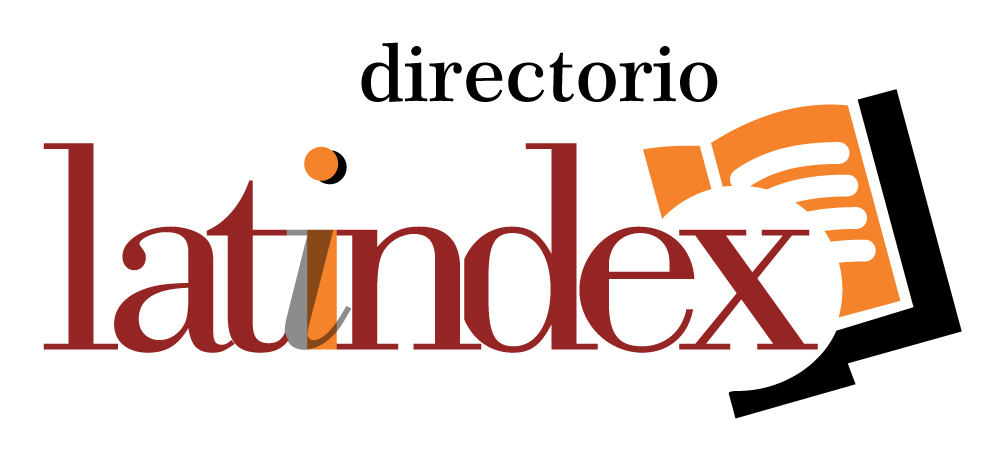Etnias, Estado y Nación en el Islam
Resumen
El artículo se enfoca en la cuestión étnica en el Medio Oriente ampliado. Busca explicar la multiplicidad de identidades existente hasta nuestros días y el nivel de conflicto étnico, superior al de otras regiones. Tal situación está anclada en el Estado otomano y otros Estados islámicos coetáneos, que no tendieron hacia la uniformidad como los Estados modernos europeos. Hay una explicación histórica: un punto de partida diferente y un desarrollo trunco debido a su debilidad en el moderno sistema mundial. Los Estados del siglo XX agravaron la situación al intentar sin éxito transformarse en entidades políticas monoétnicas.
Abstract
The article focuses on the ethnic question in the greater Middle East. It seeks an explanation for the multiplicity of identities subsisting nowadays, and for the level of ethnic conflict, greater than in other regions. Such situation is rooted in the Ottoman state and other Islamic coeval states, which did not tend toward uniformity, as modern European states did. There is a historical xplanation for this: their different starting point, and their interrupted evelopment due to their weak position in the modern world system. Twentieth century states aggravated the situation by unsuccessfully trying to transform themselves into monoethnic political bodies.
Palabras clave
Texto completo:
PDFReferencias
Bat Ye’or (1985). The dhimmi: Jews and Christians under islam, London / Toronto: Farleigh Dickinson University Press/ Associated University Press.
Braude, Benjamin & Lewis, Bernard, (Eds.). Christians and Jews in the Ottoman empire: the functioning of a plural society. New York & London: Holmes / Meier, 1982, pp. 1-34.
Connor, Walker (1998). Etnonacionalismo. Madrid: Trama.
Coon, Carleton S. (1958, 1. ed. 1951). Caravan: the story of the Middle East. Revised edition. New York/Chicago/San Francisco: Holt, Rinehart and Winston
.
Dawn, Ernest (1975). From Ottomanism to Arabism. Urbana: University of Illinois Press.
Ferguson, Wallace K. (1948). The Renaissance in historical thought: four centuries of interpretation, Boston etc: Houghton Mifflin.
Hodgson, Marshall (1974). The venture of islam. University of Chicago Press.
Jankowski, James & Gershoni, Israel, (Eds.). (1997). Rethinking nationalism in the Arab Middle East. New York: Columbia University Press.
Lewis, Bernard (1996). El Oriente Próximo: dos mil años de historia. Barcelona: Grijalbo.
Lindholm, Charles (1996). The islamic Middle East: an historical anthropology. Oxford/Cambridge MASS: Blackwell.
Planhol, Xavier de (1957). Le monde islamique: essai de géographie religieuse. Paris: PUF.
——— (1968). Les fondements géographiques de l’histoire de l’islam. Paris: Flammarion.
——— (2000). Las naciones del Profeta. Barcelona: Bellaterra.
Sharabi, Hisham (1988). Neopatriarchy: a theory of distorted change in Arab society. N.York/Oxford: Oxford University Press.
Sivan, Emmanuel (1985). Interpretations of islam: past and present. Princeton NJ: The Darwin Press.
Taboada, Hernán G. H. (1997). “Dominaciones y denominaciones: Medio Oriente, países árabes e Islam”, Revista Mexicana de Ciencias Políticas y Sociales (México), año 42, núm. 167 (enero-marzo), pp. 85-96.
| DOI: https://doi.org/10.53766/HumSur |
| |||||||||||






